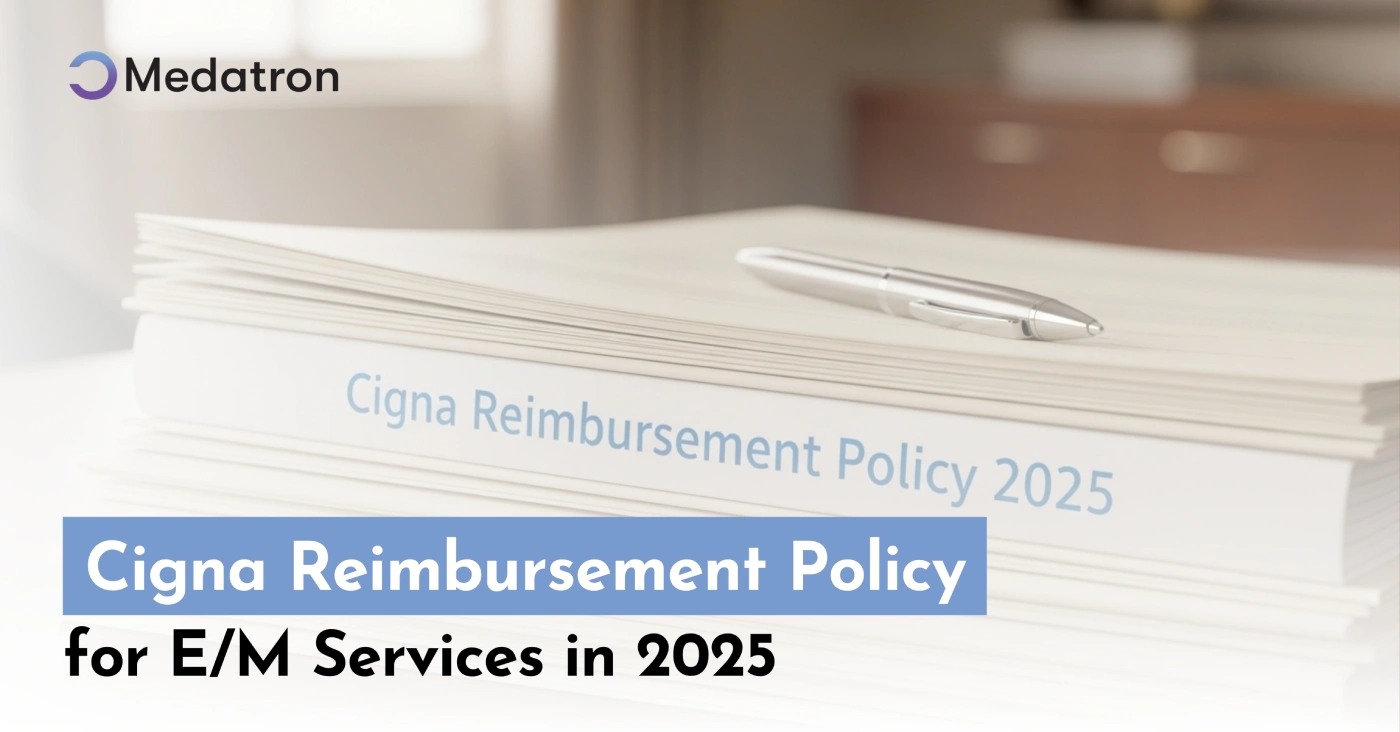Accurate coding is essential for proper billing, reimbursement, and documentation in healthcare. The 97161 CPT code holds particular importance among the many used for therapy services. This code is associated with Physical Therapy (PT) specifically for evaluating a patient’s condition. In this blog, we will dive deep into what the CPT code 97161 represents, how it is used, and why therapists, healthcare providers, and administrators must understand its proper application.
What is the 97161 CPT Code?
The CPT Code 97161 refers to a specific type of evaluation conducted by a physical therapist. It is categorized under the Current Procedural Terminology (CPT) codes, which describe medical, surgical, and diagnostic services. The 97161 code specifically denotes a low-complexity evaluation in outpatient therapy services.
This evaluation further involves assessing the patient’s history, current symptoms, and the therapist’s decision-making process in clinical practice. This helps decide the treatment plan and places a frame for all subsequent sessions of therapy.
Criteria for CPT code 97161 Usage
These guidelines of the AMA will have to be met when the CPT code 97161 is assigned. The practitioner needs to assess and document an evaluation that does not exceed “low complexity,” based on this CPT’s guideline. The key factors involved in a low complexity evaluation under the 97161 CPT code are:
1. Patient History:
- The patient history must be straightforward, with limited involvement in comorbidities or complications requiring extensive intervention or care.
- For physical therapy, this may include patients with simple, recent injuries or seeking treatment for a single issue, like a muscle strain.
2. Examination and Tests:
- The evaluation process involves a standard physical exam, but few or no special tests are necessary. The examination does not need to be exhaustive or overly detailed.
- There is no major involvement of complex diagnostic procedures or many tests to be conducted during the evaluation.
3. Clinical Decision Making:
- For the CPT code 97161, clinical decision-making should be low in complexity. The therapist will use their professional judgment based on the patient’s condition and history to develop a treatment plan.
- This decision-making process requires minimal risk and few treatment options or complications.
4. Time Involved:
- Typically, the time spent on a low complexity evaluation under the CPT code 97161 is 20 minutes or less.
- This time is generally used for assessing the patient’s history, performing an examination, discussing the findings with the patient, and making an initial treatment plan.
5. Treatment Plan Development:
- The treatment plan developed for a low-complexity evaluation should be relatively simple. It may include basic interventions such as manual therapy, therapeutic exercises, or education regarding posture and movement.
Examples of When to Use the 97161 CPT code
- Physical Therapy: A patient comes in for an evaluation due to recent neck pain from a minor muscle strain. The therapist takes a basic history, performs a straightforward exam to confirm muscle tightness, and develops a simple treatment plan involving stretching and strengthening exercises.
- Occupational Therapy: An elderly patient reports minimal difficulty in routine tasks such as dressing or bathing due to mild arthritis. The therapist takes a brief history; checks the range of motion and advises the use of adaptive equipment to facilitate the patient’s daily activity.
Importance of Correct Coding
In healthcare, correct usage of codes such as CPT code 97161 is vital for several reasons:
- Reimbursement: Inefficient or inappropriate coding may cause claims to be rejected or rejected reimbursement. Payors including Medicare and private insurance-define their payment rates and levels based on service delivery when correct coding is performed.
- Legal and Compliance: Physicians need to meet the standards issued by the American Medical Association (AMA), Centers for Medicare & Medicaid Services (CMS), and other insurers. Misused codes can attract audit attention, or even more severe allegations of fraud.
- Patient Care Documentation: Legible and complete documentation is a source of continuity and support for care in the delivery of the therapeutic plan and understanding for other professionals on why such interventions are administered.
- Tracking Patient Progress: Proper coding allows for better tracking of patient progress over time. Each evaluation code helps to provide insight into a patient’s care and will enable providers to monitor changes in the condition, even if the complexity of care increases.
Challenges with the CPT code 97161
While the CPT code 97161 is relatively straightforward, it still poses some challenges for therapy providers:
- Misuse of Codes: It is important to differentiate between low (97161), moderate (97162), and high complexity evaluations (97163). Incorrectly applying the 97161 codes for more complex cases may lead to improper reimbursements, audits, or penalties.
- Documentation Requirements: The 97161 CPT code requires specific documentation reflecting low complexity. Claims may be denied if the documentation does not fully support this classification.
- Changing Guidelines: CPT codes and guidelines are regularly updated. Healthcare providers must stay informed about changes to avoid using outdated or incorrect codes.
How Medatron Streamlines the 97161 Code for Efficient Therapy Billing and Documentation
Medatron streamlines the use of the 97161 CPT code by automating and simplifying the documentation and coding process for healthcare providers. Through its spontaneous platform, Medatron assists therapists in accurately capturing patient information, such as history, examination results, and clinical decision-making, ensuring that all elements of a low-complexity evaluation are documented properly. The system reduces the risk of errors by guiding users through the process with built-in checks and reminders for specific coding requirements. By integrating billing and coding with patient care workflows, Medatron enhances efficiency, reduces administrative burdens, and helps ensure timely, accurate reimbursement for services rendered under the CPT code 97161.
Conclusion
Understanding CPT code 97161 is important in ensuring right documentation and billing and reimbursement for outpatient therapy services, especially by low-complexity evaluation. Knowing its specific usage, healthcare providers ensure that appropriate reimbursement and compliance with regulatory standards are achieved while maintaining efficient and effective care delivery. Patients can be provided with more precise care if the correct 97161 CPT code is applied, thus clear treatment plans and progress tracking occur, and this is essential that each physical and occupational therapist is up to date with the right procedure for coding. Furthermore, platforms such as Medatron further reduce the administrative burdens while minimizing the risk of errors, ensuring there is timely and proper reimbursement. In a healthcare environment where precision is key, mastering the 97161 code is vital for practitioners and their patient’s well-being.
FAQs
CPT code 97161 refers to low-complexity evaluations conducted in an outpatient therapy service, majorly including physical therapy. The main points mentioned include a simple history, limited examination, and minor clinical decision making.
The performance should involve simple patient history with limited diagnostic tests, low clinical decision making, and most cases take 20 minutes or less.
Examples include managing minor muscle strains through some simple stretching exercises or assisting a patient who has mild arthritis in doing daily activities with the use of adaptive tools.
Proper coding ensures correct reimbursement, legal compliance, clear patient care documentation, and effective tracking of patient progress over time.
Medatron simplifies the process by automating documentation, ensuring accurate capture of evaluation details, reducing errors, and integrating billing workflows for timely reimbursements.






